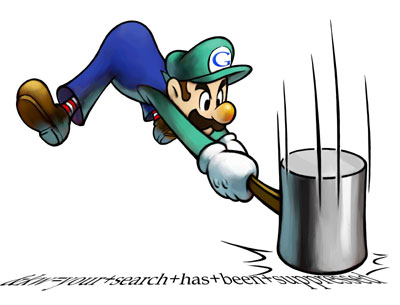It didn’t take long to wrap my head around the collateral damage that would occur when Google suppresses their outbound referring URL information when patrons are using the search engine while they’re logged in. An article forwarded to me by a friend in the business laid out some of the damage that was expected. My friend went on to point out that some of his competition might be impacted by Google’s actions, he was not entirely displeased.
Impact

I’m trying to think of the impact so I looked around for some back of the napkin numbers, using the Google search engine of course. Be mindful, these are Internet numbers so they are obviously without reproach. I started with the assumption that most folks that have a Google account are probably using Gmail, so that’d be the most impactful user base. According to Panda algorithm chosen web page at the top of my search results it seems that Gmail had about 193 million users at the end of 2010. If Google trusts itself then this is probably accurate information.
That’s not everybody. I asked Amazon and its sorta saying that there are 1.7 billion unique Internet users. So Google’s got 11% that could potentially be logged in while user the search engine. I don’t log in at work, so let’s assume that I’m half of all people and I’m at work for half of my searches. So 11% drops to 8.25% of Internet searches impacted by this. Maybe we’ll give Google+ a little love and just say 10%. Sound good? . . .Yeah, I think so too. You know what 10% looks like to me, it looks like an experiment. Read more





